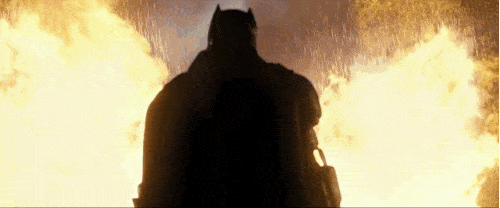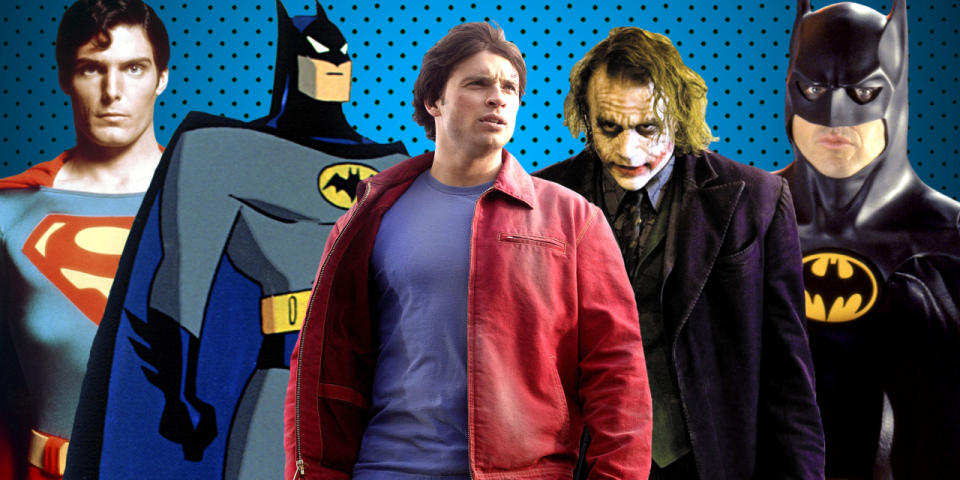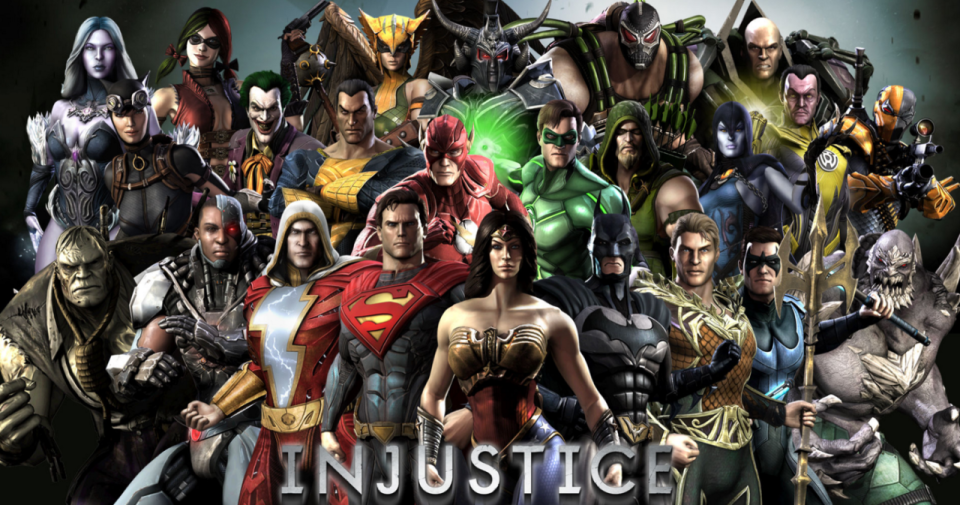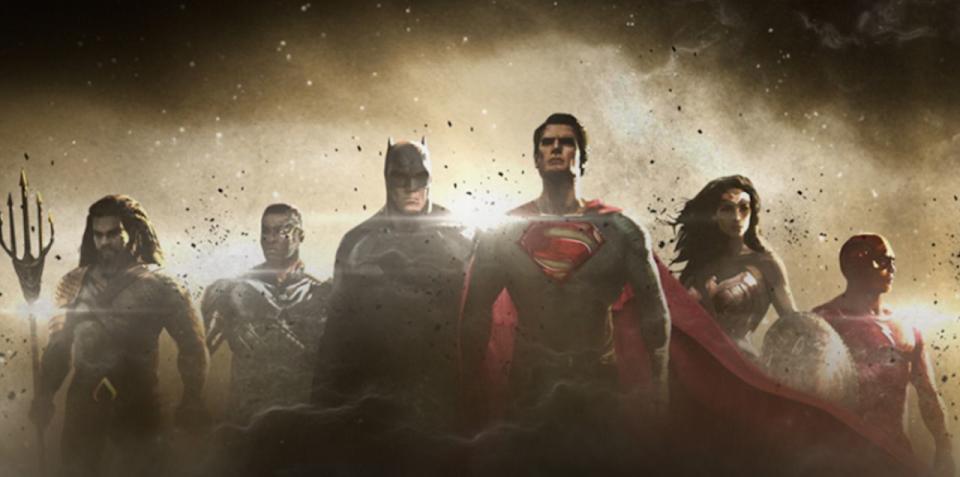Explaining the Great 'Batman v Superman' Divide: The Game Theory

In a podcast last week, as he was offering his critique of Batman v Superman: Dawn of Justice, inveterate comic nerd Kevin Smith noted something about the performance of Ben Affleck as the Caped Crusader: “He moved the way that Batman moves and fights … [it was] the best cinematic presentation of Batman fighting you’ve ever seen in a movie. It looked like the video game, almost.” Smith was onto something with that tossed-off remark, something that explains the polarized reaction to film.
Batman v Superman is more relatable as a video game.
Let’s briefly recap where things stand. Critics excoriated Zack Snyder’s superhero slugfest, leaving it to rot away with a 29 percent rating on Rotten Tomatoes. But that didn’t stop audiences from flocking to the film in record numbers over its opening weekend. And despite a huge drop-off in ticket sales this past weekend, Batman v Superman is Hollywood’s biggest blockbuster since The Force Awakens and tracking toward a billion-dollar global haul.
More: Every DC Superhero Movie Ranked
Digging into the opening-weekend numbers reveals a big generational divide. Men over 25 (which includes most mainstream, Rotten Tomatoes-approved critics) accounted for the largest portion of the opening audience, and they weren’t thrilled with BvS. They rated the film a B-minus, per CinemaScore — which, even in an era of grade inflation, is mediocre at best. Younger audiences had a much more enthusiastic response, led by the under-18 crowd giving BvS an A-minus. There’s a definite oldsters v youngsters split, and perhaps their opposing reactions have to do with the way they encountered Batman, Superman, Wonder Woman, and the rest of the DC pantheon.
More: The Stunning, Influential Art of ‘Arkham: Batman’
Boomers and Gen Xers grew up with a steady diet of the Man of Steel and the Caped Crusader. From George Reeves to Adam West, Christopher Reeve to Michael Keaton, Batman: The Animated Series to Lois & Clark, the characters and their classically structured stories were in heavy rotation on screens big and small from the 1970s into the early 2000s.

By 2011, though, the DC heroes were almost dunzo: That year saw the demise of the CW’s Smallville and the last original Batman cartoon, Batman: The Brave and the Bold. A year later, Christopher Nolan capped his acclaimed trilogy with The Dark Knight Rises.
More: All Your ‘Batman v Superman’ Burning Questions Answered
Critics and older viewers no doubt feel that Snyder’s film suffers when compared to the heroes’ rich history of films and TV shows. However, the younger filmgoers who have embraced BvS aren’t as grounded in that screen legacy — or, to put it another way, they aren’t as encumbered by all that superhero baggage. Like Smith pointed out, BvS comes across as a video game, and those younger fans came of age with the emergence of highly stylized DC video games.
Beginning with the trailblazing Batman: Arkham Asylum (above) in 2009, DC teamed with various publishers to create several cinematic, often-violent titles that were huge critical and commercial hits and were not reliant on any film or TV source material. Some were open-world adventures that elevated exploring over plotting. Among the best of these next-gen games:
—The massively multiplayer DC Universe Online (2011), where players create their own hero or villain to fight in the ranks with the Caped Crusader or Lex Luthor. (Fun fact: DC Universe Online’s gritty opening cinematic, below, was crafted by eventual Deadpool director Tim Miller).
—Gotham City Impostors (2012), an over-the-top Call of Duty-inspired first-person shooter in which teams dressed in Batman garb try to blow away teams in Joker get-ups, highest body count wins!
—Injustice: Gods Among Us (2013), the fighting game that took the schoolyard “who would win?” concept to epic heights, including allowing Batman to take on Superman.
—And the sequels Arkham City (2011), Arkham: Origins (2013), and, below, Arkham Knight (2015), which expanded the gory Gotham gameplay (holy bloodspilling, Batman!).
These are the primary texts that inform the newer moviegoers, and Snyder, an avid gamer (his Sucker Punch was an unabashed nod to the pastime), had to take notice. Batman v Superman borrows plenty from these games. There’s the kryptonite-tipped spear from DC Universe Online:

The sleek, redesigned Arkham-esque Batmobile:

Arkham: Knight Batmobile, top; Batman v Superman Batmobile, below. (Images: Warner Bros. Interactive/Warner Bros.)

The armor-like costumes from Injustice:

Injustice characters (above) vs. concept art (below) from upcoming Justice League. (Images: DCE/Warner Bros. Interactive/Warner Bros.)

The apocalyptic storylines, the epic superhero-on-superhero showdowns, and high casualty rates — the games had the most influence on the visuals of BvS this side of Nolan’s Dark Knight oeuvre.
More: How ‘Batman v Superman’ Sets Up the DC Movie Universe
Batman v Superman feels at times like a series of fights interspersed with cut scenes and one tough end boss.

Doomsday makes the scene in BvS. (Warner Bros.)
The film’s overall sensibility — all the breathtaking imagery and kinetic clashes — is more aligned with those games, is more accessible to fans reared on those games, and ultimately has a stronger resonance with those gamers. Think of BvS as the ultimate movie for the Twitch generation. The geezer demo, critics included, might not grok why paying fans would want to watch someone else at the control pad; however, DC and Snyder are betting big those younger viewers will be sticking with Bats, Supes, and the gang for a good long time. Does the dramatic second-weekend slippage in BvS’s box-office receipts mean the franchise is not sustainable playing mainly to that demo? With nearly a dozen more Snyder-produced DC films in the pipeline between now and 2020, the game is on to find out.

